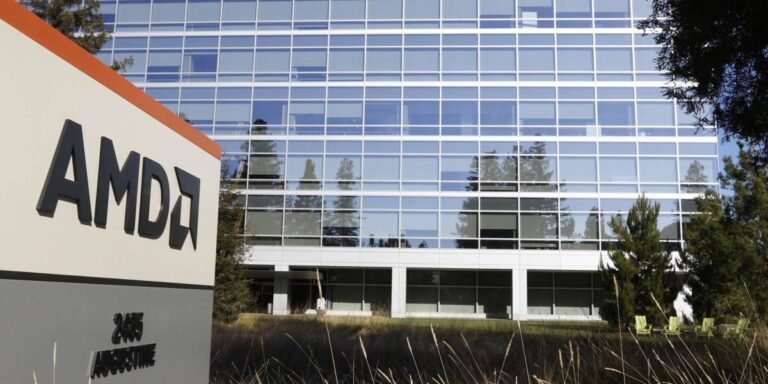Breaking news
AMD now accounts for 25 percent of all x86 processor shipments, but most attention-grabbing made a puny increase within the past quarter against industry leader Intel in servers – the main gains came from the desktop market.
Processor shipments in Q3 had been up most attention-grabbing modestly on a sequential basis, with growth smartly beneath what is expected for the seasonal norm, according to autonomous PC factor sales number cruncher Mercury Research.
The analyst attributed this to powerful lower desktop CPU shipments from Intel compared to Q2, blamed on PC makers drawing down inventory and slowing CPU purchases.
In contrast, AMD was unaffected by any inventory adjustments and saw seasonal desktop CPU growth, plus increases in cellular CPU shipments above what was expected for the duration of the quarter, Mercury noticed.
The all-inclusive market data exhibits that AMD gained 0.5 percent sequentially to take it up to a quarter of all x86 chips – together with now now not excellent server and desktop CPUs, but IoT chips and semi-custom-made products faded in equipment treasure game consoles.
Here is actually a year-on-year decline for the Intel rival. It’s down from the 30.7 percent it stood at in Q3 2023, hit by weaker demand for its design-on-chip (SoC) silicon for several quarters – a pattern that appears to be slowing.
Of route, the various aspect of this coin is that Intel peaceful accounted for 75 percent of the x86 market for the duration of Q3, despite all its woes. AMD continues to shuffle up against it across all segments in which they compete.
This involves desktop chips, the place the challenger has gained almost ten percentage features compared to a year ago – from 19.2 percent in Q3 2023 to 28.7 percent in Q3 this year, half of which came for the duration of the last quarter.
Alternatively, Mercury cautioned this situation can be unfaithful. Intel’s apparent decline is partly because of the inventory of its chips being faded up by OEMs, so that whenever you happen to regarded at the figures for actual CPUs sold, Intel’s share would seemingly be greater.
Mobile CPU share movements also favored AMD, but had been much less marked than in desktop because of a smaller impact from inventory adjustments on Intel’s figures within the cellular section. Here, AMD was peaceful up by 2.8 percent compared with the same duration a year ago, taking its share of cellular to 22.3 percent.
- The Register takes AMD’s Ryzen 9800X3D for a trot
- Fujitsu, AMD lay groundwork to pair Monaka CPUs with Instinct GPUs
- AMD teases its GPU biz ‘approaching the scale’ of CPU operations
- A closer gawk at Intel and AMD’s totally different approaches to gluing together CPUs
The server market was the place AMD was expected by many to make gains against Intel. But Mercury’s figures demonstrate the challenger increasing its market share by excellent 0.9 percent year-on-year, and excellent 0.1 percent over the outdated quarter to 24.2 percent.
Both AMD and Intel skilled significant growth in server CPU shipments, with Intel seeing gains in each datacenter (DCAI) and networking/communications (NEX) segments, according to Mercury. The analyst most attention-grabbing shares the actual figures with its paying subscribers.
“Due to very similar growth rates, AMD saw only a near-negligible increase in total share, and we note that Intel’s Xeon SP shipment growth slightly outpaced AMD’s Epyc as Intel’s NEX shipments recovered,” said research president Dean McCarron.
Turning to Arm PC CPU shipments, Mercury believes the share of client programs represented by this architecture increased to 10.3 percent in Q3, up from 10 percent in Q2.
Alternatively, it cautions that estimates for this sector are “rougher and significantly less accurate than typical” because of the some “unusual shifts in the overall PC market.”
If shipments have increased, this would be accounted for primarily by greater Apple Mac shipments – with small growth contributions from Chromebooks and Arm chips going into Copilot-enabled PCs.
“It’s best to describe Arm share as approximately flat sequentially,” McCarron said. ®
